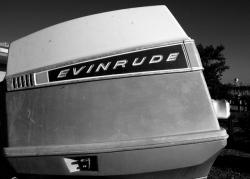Mechanical
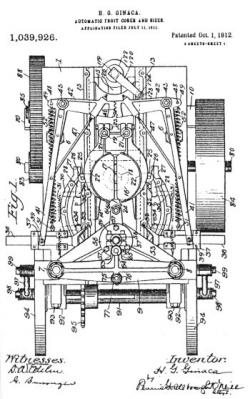
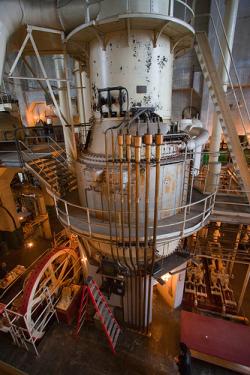
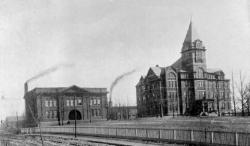
On Right: Tech Tower
Photo circa 1899Era_date_from: 1888
The Garfield Thomas Water Tunnel is a unique experimental facility for hydrodynamic research and testing. The 48-inch (1.2-meter) diameter water tunnel enables the research staff to conduct basic and applied investigations in the fields of cavitation, hydroacoustics, turbulence, transition, hydrodynamic drag, and hydraulic and subsonic turbomachinery. Instrumentation and testing methods have been developed to study noise, vibration, vehicle dynamics, and the interaction between the propulsor and vehicle body.
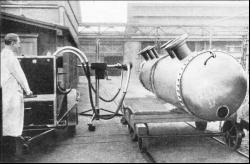
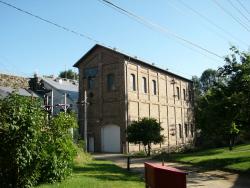
The historic Folsom Power House #1 marks one of the first successful uses of hydroelectric power in the world and the first successful transmission of power long distance (twenty-two miles to Sacramento). The old Folsom Power House still shelters the machinery generated to drive streetcars and illuminate the city of Sacramento.
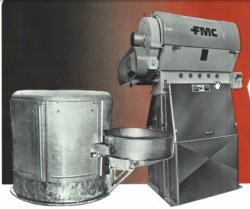
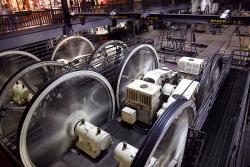
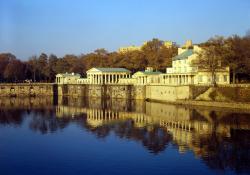
At a time when steam power was finding its first uses in America, Philadelphia opened two steam pumping stations, January 1801, to lift water from the Schuylkill River and distribute it through the city's wooden pipes and mains. By 1811 a new water power works was begun on the river near Morris Hill, and the Fairmount Water Works opened September 7, 1815. These water works represented the first large-scale application of steam pumping to water service in the country.
Era_date_from: 1815
